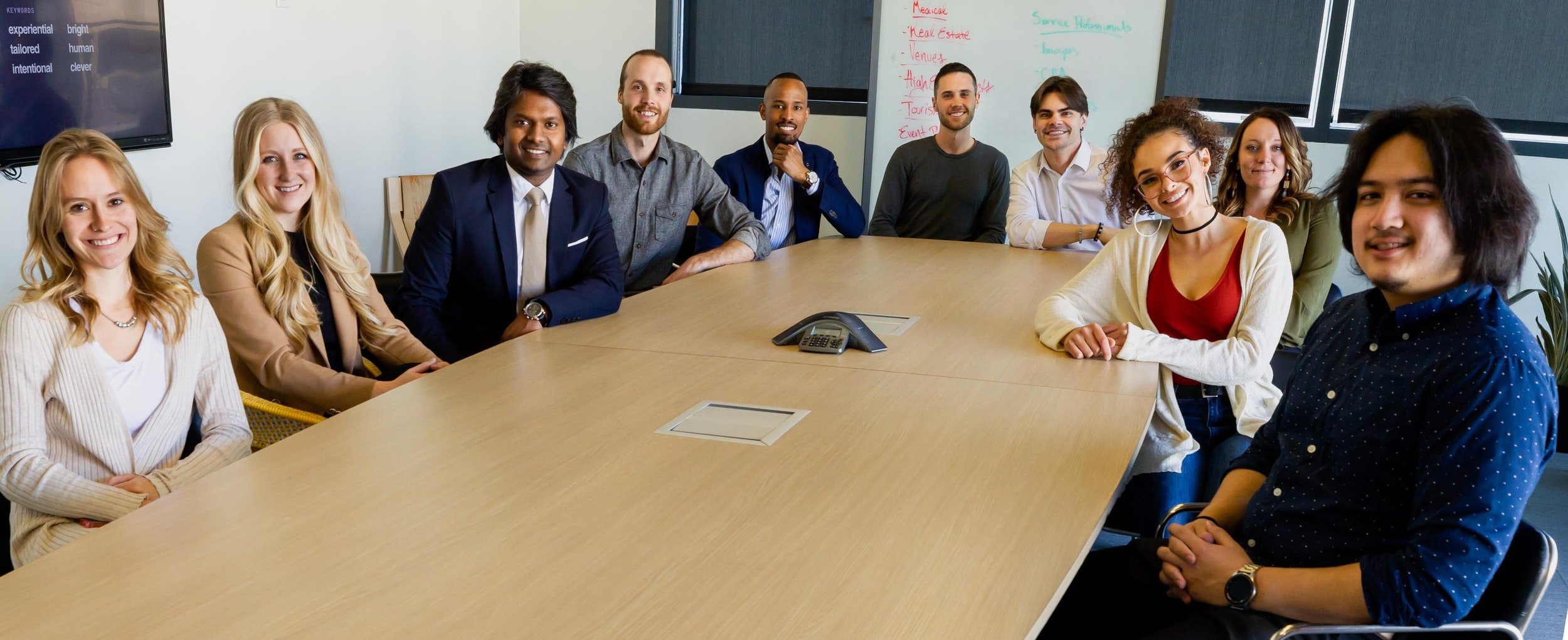Problem Solving is a Must Have In The Workplace, Here is Why
One of the essential skills in any workplace is the problem of problem-solving and critical thinking.
At its most effective, it allows employees to seamlessly engage in the psychological process of realizing, evaluating, and resolving challenges faced daily. At the core of business development, the ability to problem solve allows employees to learn to use accessible resources to work out issues in a productive manner that does not betray your company’s integrity.
Additionally, they can reach an agreeable consensus using professional perspectives afforded to them by applying problem-solving skills. In the long run, companies who utilize problem-solving training will allow their employees to efficiently and productively manage any internal or external interactions with a professionalism that will only benefit the business as a whole.
The Process of Problem-Solving in the Workplace
In professional problem-solving training workshops, the process is usually demonstrated using a simple four-step method that involves:
1. Identification:
In this aspect of the program, employees are usually exposed to the ideal way to locate an issue within the workplace. Try as you may, no organization is without flaws that affect a business’ operability. These can manifest as processes that have worn out and broken down over time or those that were flawed from inception. Using root cause analysis techniques and practicing isolating the facts, employees can undergo a method to effectively and professionally identify these issues within their setting to improve the business.
By taking the first step in establishing the origins of the problem, your employees engage in the first step in a mechanism that allows them to determine what happened, why it took place, and how to employ preventative measures to ensure it does not occur in the future.
2. Proposition:
Once your employees have developed the capability to identify cause and effect relationships in their environments that affect productivity, they move on to being able to transfer this knowledge into offering possible solutions to address whatever problem arises. This learned ability helps less experienced employees and seasoned ones as it targets their innovative thought.
Employees can use creative strategies to tackle traditional problems using their past experiences and current lives. In addition to asking for effective strategies, this step also requires that employees conduct a risk analysis of their proposed plans. The proposition must solve the problem more effectively than the risk it poses to the company.
3. Evaluation:
Employees do not exist in isolation. Within any business, there is a multifaceted and symbiotic set of relationships that occurs. Therefore, one employee’s actions can have a direct or indirect impact on another, thus affecting the overall dynamics of the environment. On the one hand, the interdependency that is created in the work environment enables your employees to work together on more complicated issues, but it also demands cohesion in not only collaborative efforts but also performance.
It is through employee engagement with problem-solving skills that they learn to make effective decisions as a team. Problem-solving helps them understand their interdependency and allows them to implement adjustments needed to create a team that survives a constantly changing environment. They evaluate options and their effects on their co-workers to minimize negative impacts in the system.
4.Implementation:
In the final step of the process, employees are exposed to impact. Before the performance of a solution, they need to understand how the solution would work within their professional context. To do this, they rely on the efforts they used to solve previous problems. Employees learn to improve the clarity of their recall through mnemonic devices to trigger recollection and the visualization of their environments to remember and organize data.
The innovative disparity that results from their old ways and their new and improved methods in problem-solving results in an efficiency that improves their workspace. Your employees can now understand the value of evaluating the success of the options chosen and, in the future, can apply the process again. In their implementation, they will realize that problem solving is not solely issue response and conflict resolution but a multifaceted approach that impacts their entire professional experience for the best.
Why Problem-Solving?
Problem-solving is paramount to the success of any business. As a result, the steps in the problem-solving process are tailored to use strategies that contribute to the effectiveness of affecting change. Therefore, it aids an organization in exerting control over its environment in any interaction it deals in to improve efficiency and communication. Furthermore, problem-solving directly increases a company’s profitability.
Despite popular belief, problem-solving does not focus solely on conflict resolution in a model that is reactive and responds to the advent of issues. Instead, as demonstrated in the steps above, these skills in employees can address future issues as they give your employees a lifelong ability to engage in critical and innovative thought. It is this thought that makes it easy for your company to adapt to the changing needs of your industry, thus placing you at the forefront in a positive light.
Furthermore, if your business deals with a demand for effective decision-making and issues that need to be addressed quickly, a problem-solving program is an excellent investment to explore. Clients rely on the service your company provides to be of the highest order, and this cannot be achieved without problem-solving skills in your employees. Practical problem solving provides your company with fundamental stability that supports profitability and greatness. This allows your organization to attain incremental advancements that, en masse, produce extraordinary business developments.
Why problem solving is important?
The problem-solving process plays a key role in the daily life of organizations. A company that develops and refines these skills in their employees, through training, invests in the sustainability and versatility of their company. It loans the business overall stability that sees its workers effectively solving problems and, with time, allows them the ease to deal with those issues that have greater complexity, thus evenly distributing labour within the environment.


